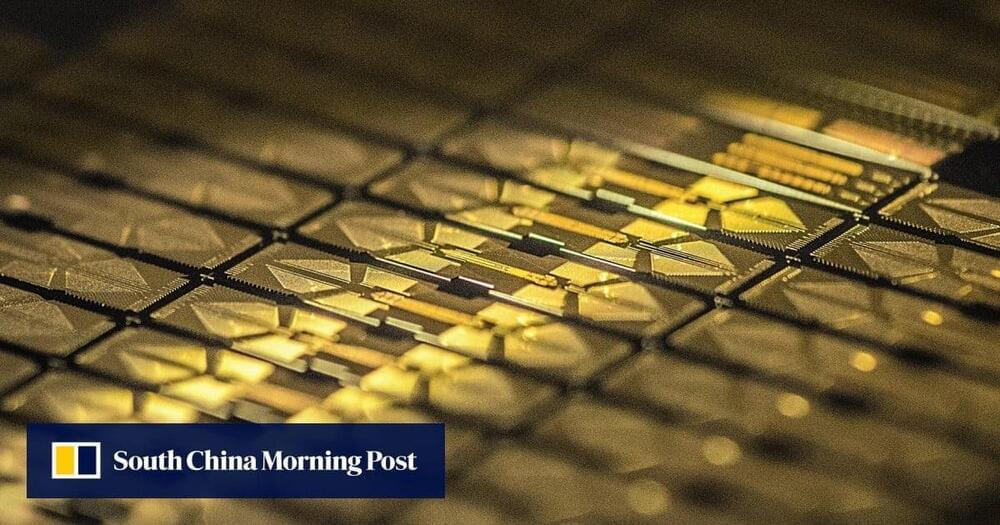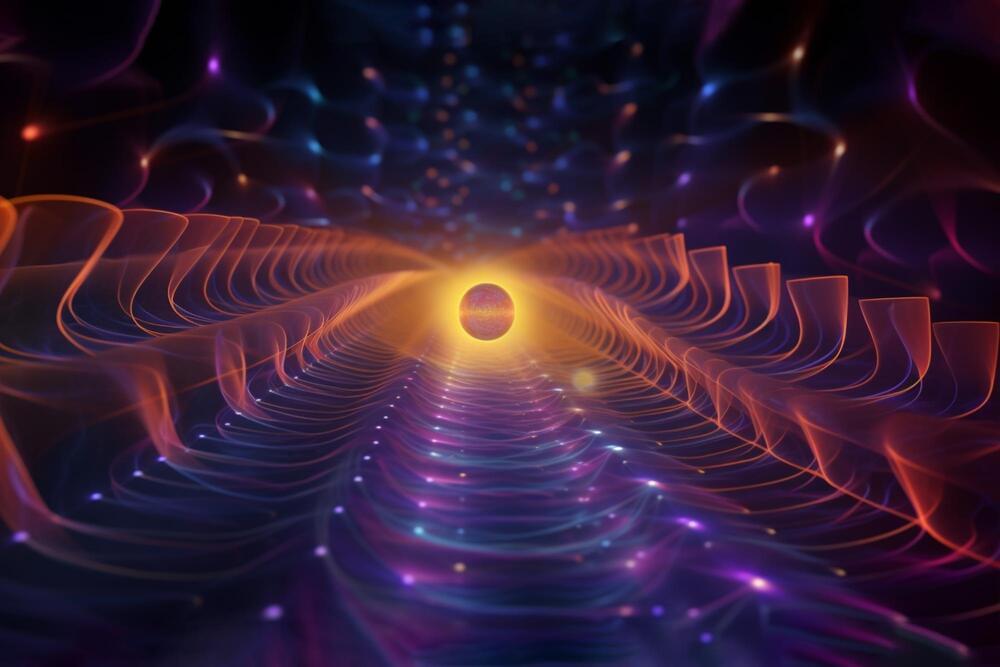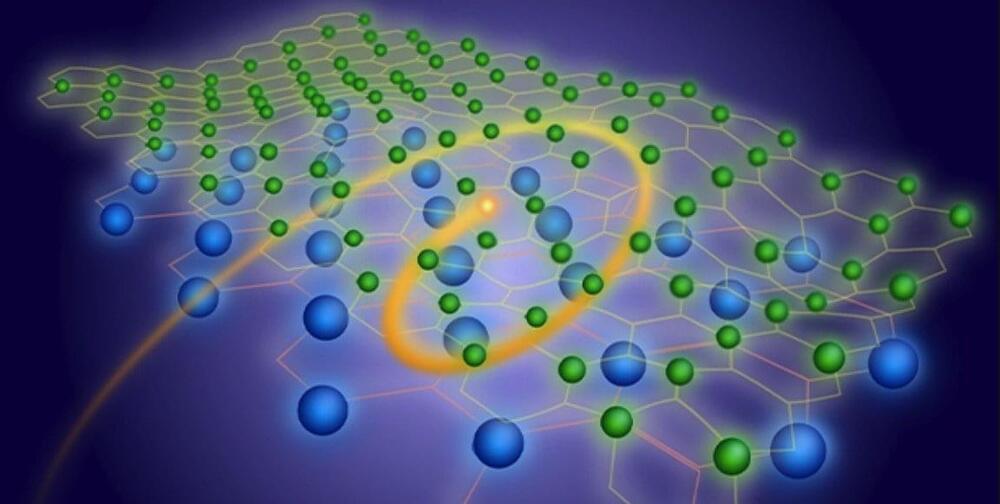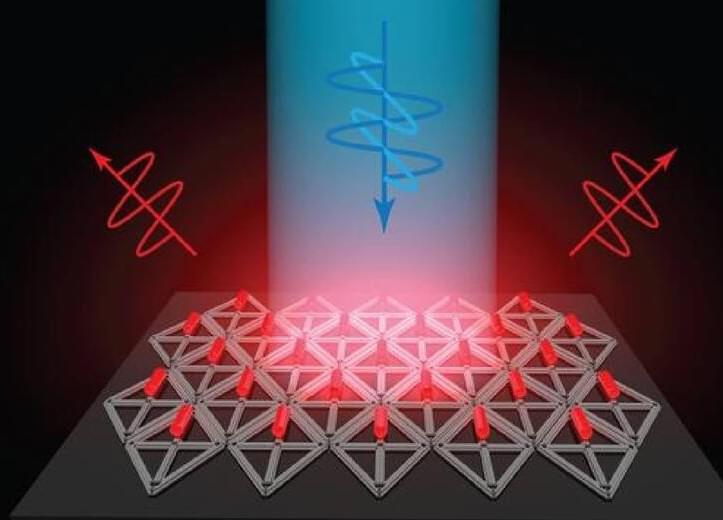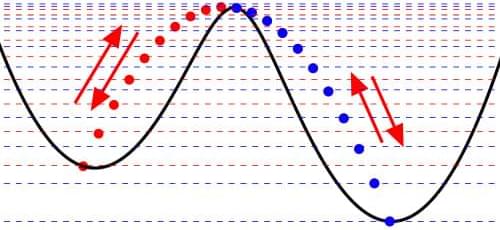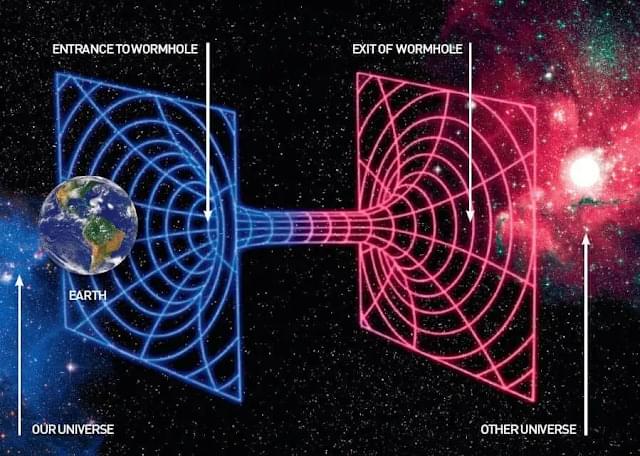Quantum computing could give us machines massively more powerful than today’s, but we still have a long way to go, say leaders in the field.
The tech story of the century so far has been the mainstream arrival of generative artificial intelligence, which drives the uncanny capabilities of systems such as ChatGPT, and is fast being absorbed into our everyday lives.
Whether to mimic human creativity, double as empathetic counsellor or eliminate clerical drudgery, generative AI has delivered an unprecedented surge in excitement for its potential benefits.
Of equal concern are possible negatives: catastrophic job losses, widespread disinformation, and even – at the wildly unsettling end of the… More.
Quantum computing will change the world as we know it, but more breakthroughs are needed before we see the hugely powerful processors become an everyday reality, say quantum physicists.
